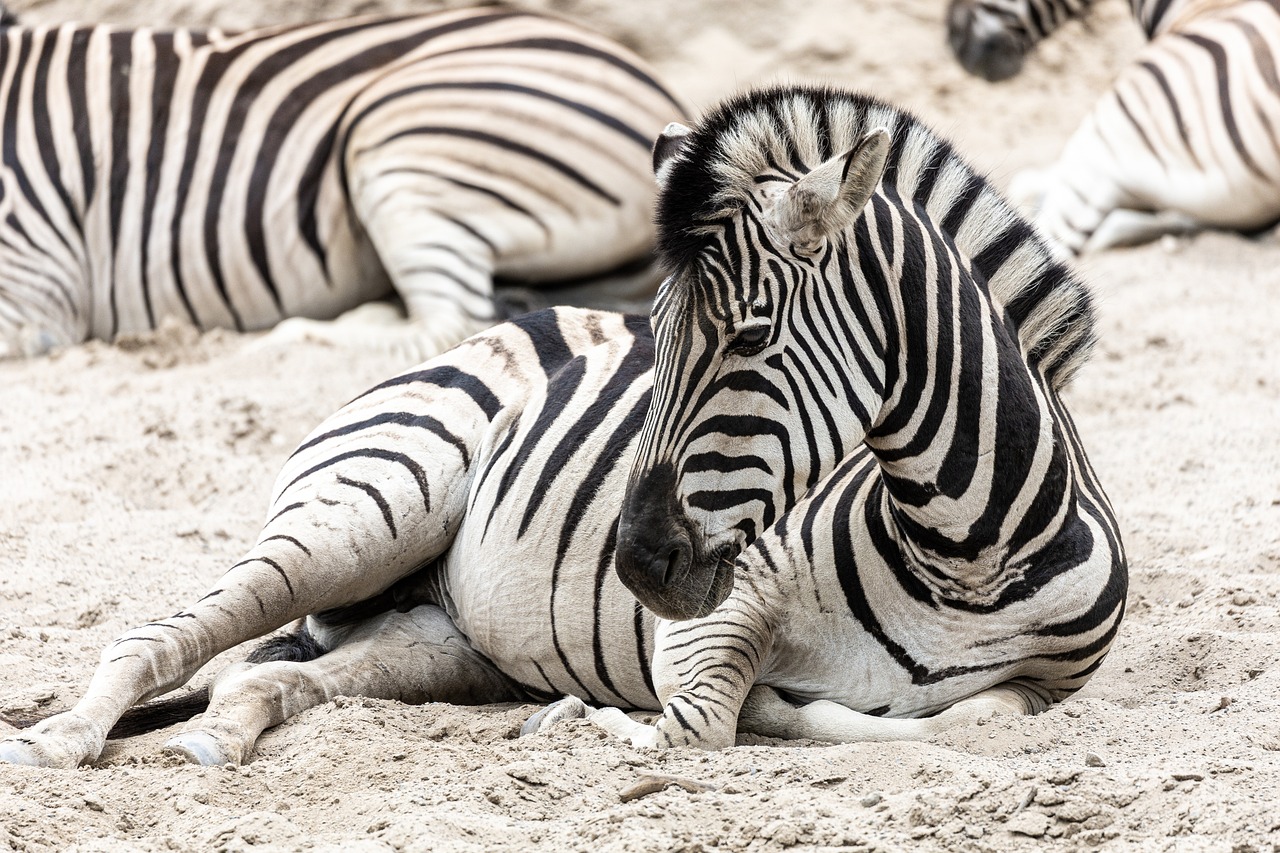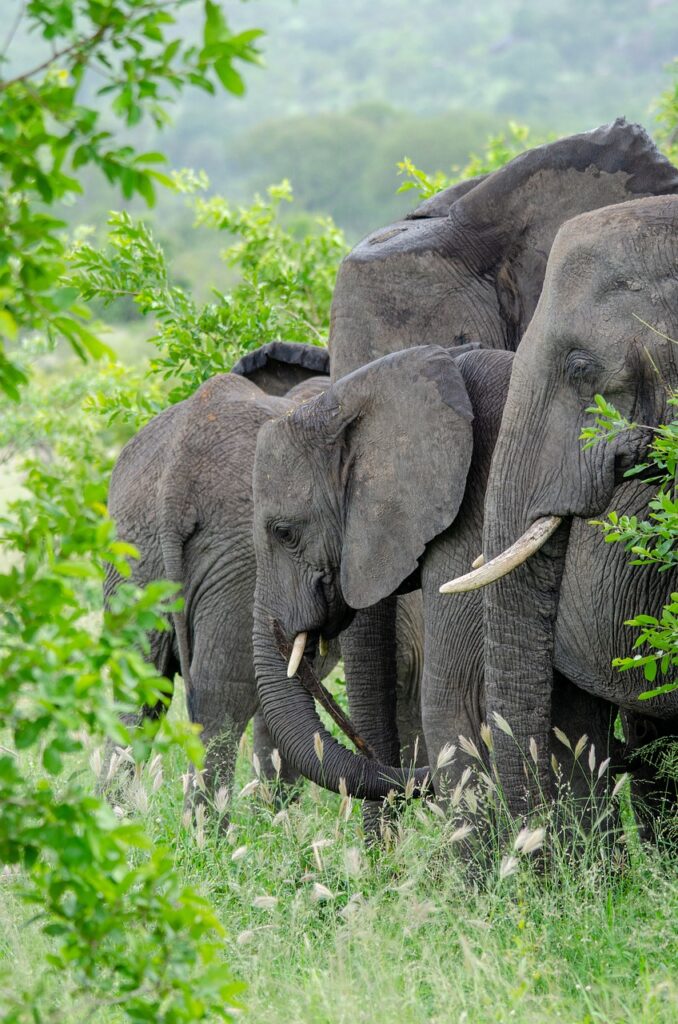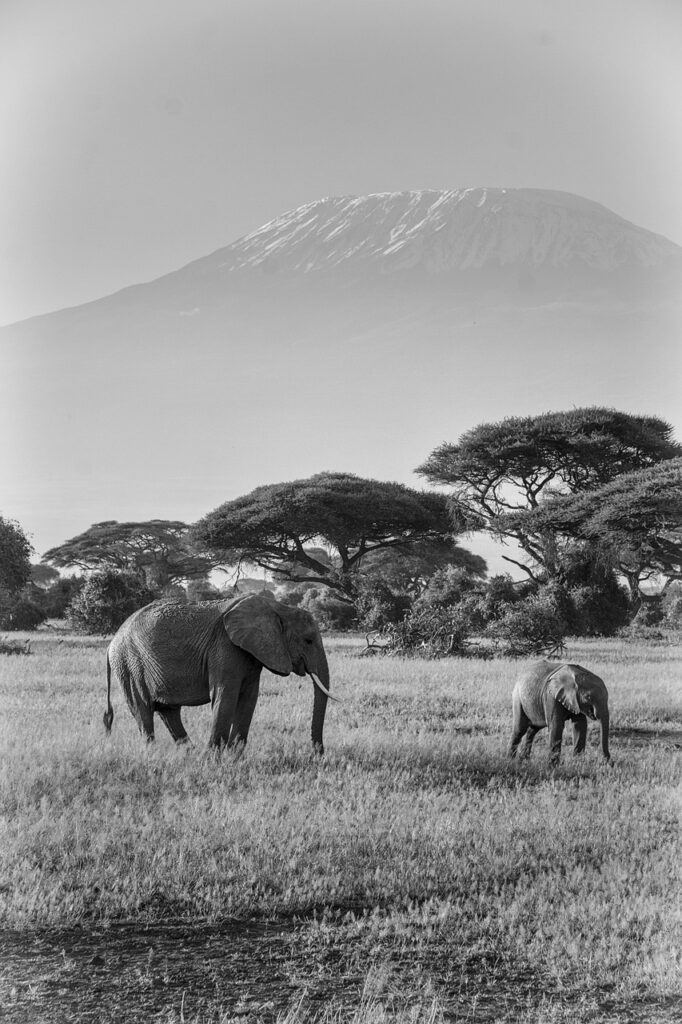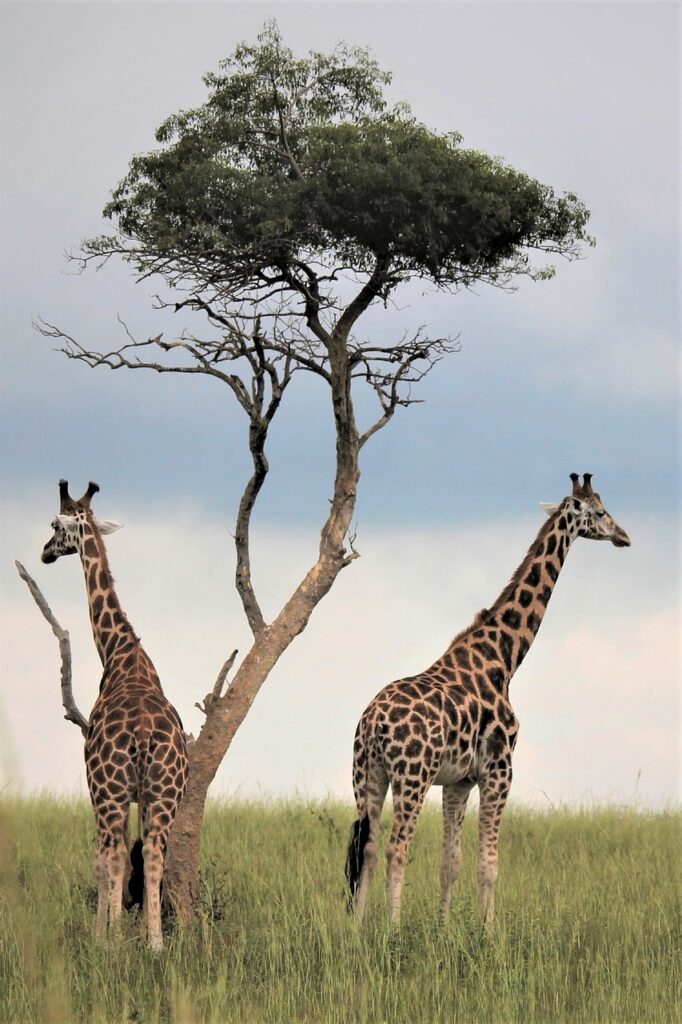Tips for Your Safari
Pack Wisely: Bring lightweight, neutral-colored clothing, a hat, sunscreen, and insect repellent. Don’t forget your camera and binoculars!
Stay Hydrated
Stay Hydrated: Amboseli can be hot and dry, so drink plenty of water.
Respect Wildlife
Respect Wildlife: Maintain a safe distance from animals and follow your guide’s instructions
3-Day Amboseli safari Tours
Day 1: Pick up from your hotel and drive to Amboseli National Park. Afternoon safari. Neals and overnight at your lodge/camp.
Day 2: Morning and afternoon safari. Visit masai village. Meals and overhight at the lodge/camp.
Day 3. After breakfast drive back to Naiorbi, safari enroute.

A 3 Day Amboseli flying Safari
Day 1: Pick up from your hotel and transfer to Wilson Airport for your flight to Amboseli National Park. Met on arrival and transfer to your lodge/camp. Afternoon safari. Neals and overnight at your lodge/camp.
Day 2: Morning and afternoon safari. Visit masai village. Meals and overhight at the lodge/camp.
Day 3. After breakfast transfer to the airstrip for your flight back to Naiorbi, safari enroute.

Amboseli National Park Location
Located in southern Kenya, is a prime safari destination known for its stunning landscapes and abundant wildlife. Here’s an overview of what to expect during an Amboseli safari:
3 Day Amboseli safari
$1050
4 DAY AMBOSELI SAFARI
$1400
$1700
6 DAY AMBOSELI/MT.KENYA/L.NAKURU
$2100
Amboseli highlight
Elephants: Amboseli is renowned for its large herds of elephants, often seen grazing with Mount Kilimanjaro as a backdrop. The park is famous for its “tuskers,” which are elephants with exceptionally large tusks.
Mount Kilimanjaro Views: The park offers some of the best views of Mount Kilimanjaro, Africa’s highest peak. The snow-capped summit provides a dramatic and iconic backdrop to the park’s landscapes.
Diverse Ecosystems: Amboseli features a mix of ecosystems, including swamps, grasslands, and acacia woodlands. This diversity supports a wide range of wildlife.
Bird Watching: The park is home to a variety of bird species, including the African Fish Eagle, pink-backed pelican, and various species of storks and egrets.
Cultural Encounters: The area around Amboseli is inhabited by the Maasai people, and you can visit Maasai villages to learn about their traditional way of life.


Wildlife
Big Five: While the Big Five (lion, leopard, buffalo, elephant, and rhino) are not all guaranteed, Amboseli is particularly known for its elephants and has a good population of buffaloes. Lions are present, but leopards are rarer. Rhinos are not commonly found in the park, but there are conservation efforts in nearby areas.
Other Wildlife: You can also see giraffes, zebras, wildebeests, hyenas, and various antelope species, including Grant’s gazelles and impalas.
Safari Activities
Game Drives: The most common activity, typically conducted in the early morning and late afternoon to avoid the heat and maximize wildlife viewing.
Walking Safaris: Guided walks offer a chance to explore the park on foot and learn about smaller wildlife and plant life.
Bird Watching: Special bird-watching tours can be arranged to explore the park’s diverse avian species.
– Giraffe: The Maasai giraffe, a subspecies with distinctive irregular spots, is commonly seen.
– Cheetah: The reserve is known for its high density of cheetahs, offering great opportunities for sightings.
– Hyena: Spotted hyenas and striped hyenas are frequently encountered.
– Various Antelope: Including Grant’s gazelle, Thomson’s gazelle, and impala.
Great migration: The Great Migration typically occurs between July and October when millions of wildebeest, zebra, and gazelle move from the Serengeti into the Maasai Mara in search of fresh grazing grounds.River Crossings: The Mara River crossings, where animals brave crocodiles and strong currents, are among the most dramatic and photographed events in the migration.Other Wildlife:


Savannah Grasses: The majority of the reserve is covered in grasslands, which support the large herbivore populations.
Acacia Trees: Scattered throughout the reserve, acacia trees provide essential habitats and browsing opportunities for many animals.
Riverine Vegetation: Along the Mara River, you’ll find dense vegetation and trees that attract a different set of wildlife.
Culture
Maasai People: The Maasai Mara is named after the Maasai people, who inhabit the area. The Maasai are a semi-nomadic pastoralist community known for their distinct customs, vibrant dress, and traditional dances.
Cultural Visits: Many safari packages include visits to Maasai villages, where visitors can learn about Maasai culture, traditions, and way of life.
